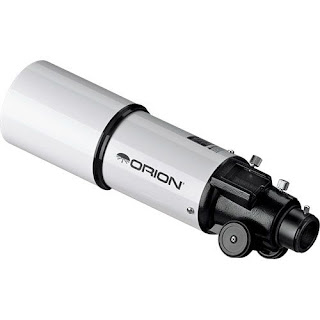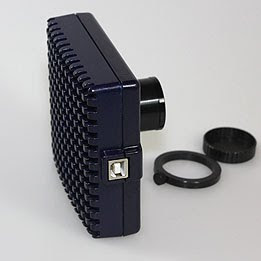If my entry seems off topic, I apologize. A lot has happened in life in the past 3 weeks, I've been making some big changes so I can enjoy the things I love the most. I am a part time amateur astronomer who also enjoys playing guitar, watching live music, cooking, and just getting out. I left an abusive relationship with a beautiful woman and it all seems to stack one on top of the next - the proverbial snowball rolling down the hill. I have impacted my finances a bit, but those are just temporary things. I may not have everything I want but I have got everything I need.
If you're like me, times like these are made for getting out and going for a walk under the stars. Being out with my old friends in the quiet of the night, we begin to appreciate and treasure our own existence, and we reconnect with life itself. We begin to seek our deeper role in the cosmos, and our hobby becomes less a hobby and more of an experience to us. I can use the stars to navigate, I know that sky like the back of my hand. I feel insignificant, and suddenly all of my problems just no longer matter anymore.
I just wanted to share that. Thanks for reading.
At The Eyepiece Tonight - LIVE
3 years ago



















